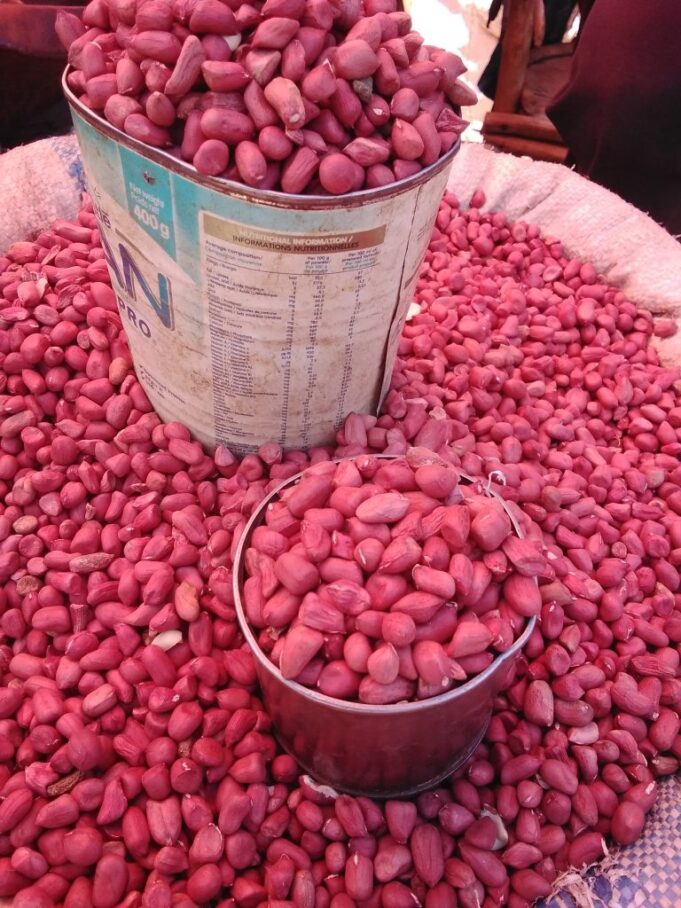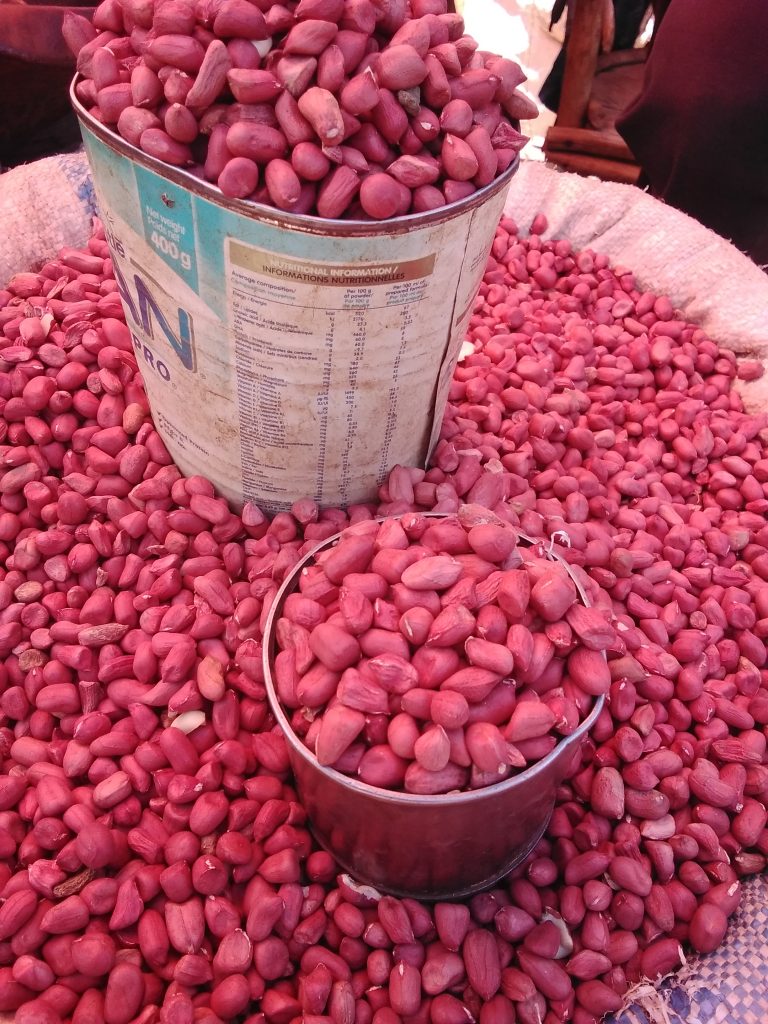- Get link
- X
- Other Apps
- Get link
- X
- Other Apps
Communities dwelling in East Africa have grown groundnuts and used them as food, oil, and a source of income for ages. Roasted groundnuts are a popular serving on breakfast tables of most households where they are taken with tea as a snack. Groundnuts are munched in bars, parks, on sidewalks, in public and private offices. At times roasted groundnuts are mixed with simsim/sesame seeds and taken with a variety of soft drinks and soda.
Famously known as “njugu Karanga” by the Swahili-speaking nations, groundnuts are prepared and eaten in a number of ways without losing their legendary sweetness and folklore mythical power as a source of vigor, vitality, and fertility in most African cultures. Before we sink further into the preparation and consumption of these wonder nuts, let’s look at how they can be grown to give higher yields and good returns as captured in the SAWBO animation video “Groundnut: Good Agricultural Practices for Production.”
How to grow groundnuts
Most farmers have been growing groundnuts without considering important aspects captured in this video which include; the soil condition, the variety of seed you should plant, and crop rotation in your field. It is important for farmers to choose the right varieties that grow well in their soil, resist diseases, and mature faster. Groundnuts grow best in loose sandy soils without standing water. They can be rotated with maize after the July harvest. Farmers need to ensure they plant during the earliest rains for good quality yields so it is important for the land to be well prepared prior to the beginning of the rains.
I want to encourage farmers who have been growing groundnuts for ages to watch, share and follow recommendations in the animation video for better farming practices and yields. There are lots of new revelations that have helped me understand what to do as I prepare to plant groundnuts this July. I strongly believe this information will help my readers as they grow groundnuts on their farms too.
How to prepare groundnuts

Roasting: Dried groundnuts can be roasted on a hot pan placed on a fire for between 20-25 minutes. This will harden them and give them a crunchy feel. Such roasted nuts are taken with tea or mixed with simsim and taken with soda as a snack.
Boiling: Freshly harvested groundnuts are cleaned and boiled in clean water and eaten straight from their shells.
Mixing with maize and beans to cook “amenjera”: Amenjera is a local dish made of beans mixed with maize. A variety of larger groundnuts are added to the mix and cooked, then served as a meal at a dinner or breakfast table. Groundnuts add a sweeter, and delicious taste to the dish.
Roasted nuts are also pounded in a mortar using a pestle to form an oily thick paste that’s eaten with boiled potatoes, added to cooked vegetables, fish, and dried meat.
Roasted groundnuts for sale. Picture by Kataru Concept same paste can be applied to bread like peanut butter.
Groundnuts have not lost their place in an African kitchen either as a sweet snack, a paste to be added to other foods or a source of instant income to households. They fetch higher prices than all other cereals, only second to Bambara nuts.
I once more encourage my readers who are relishing the experience of a groundnut snack to watch the SAWBO animation video on planting groundnuts, share it widely, and follow the instructions for an improved crop and better harvest. In addition, there is also a second animation on the SAWBO website titled, Groundnut: Good Agricultural Practices from Harvest to Storage. Be sure to view this animation and you will learn how to know when the best time is to harvest your groundnuts and the best ways to store them.
For more information on groundnut, visit the Feed the Future Innovation Lab for Peanut website managed by the University of Georgia.
Scientific Animations Without Borders (SAWBO) is a university-based program currently residing at Purdue University in the U.S. SAWBO transforms educational content on relevant topics such as agriculture, health, and women’s empowerment into 2D, 2.5D, and 3D animations, which are then voice overlaid into a diversity of languages from around the world to reach remote and developing communities.
The animations “Groundnut: Good Agricultural Practices for Production” and “Groundnut: Good Agricultural Practices from Harvest to Storage” were funded by USAID through the Feed the Future Innovation Lab for Peanut at the College of Agricultural and Environmental Sciences at the University of Georgia U.S.
- Get link
- X
- Other Apps















Comments
Post a Comment